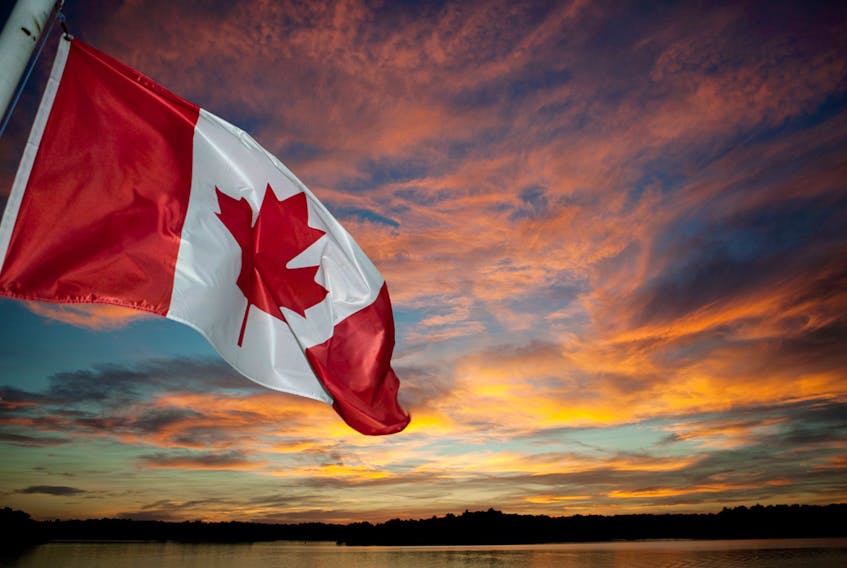
On the world stage, Canada has a certain reputation. A country that is open, diverse, equal that believes in the common good and puts those things into action with sound public policy such as universal health care and other social programs and supports.
Years ago, I was fortunate enough to assist a delegation of Norwegians who had come to investigate the impact of the cod fishery closures on communities and people. They had a certain perception of Canada as being a little like the Nordic countries, and were shocked to learn of our stunning poverty rate; that we had homeless people, that the gender pay gap for women was so stubbornly high.
They knew we had built universal health care, so the assumption was we had all the other important social programs needed to produce a more equal nation.
That was 25 years ago, and Canada hasn’t exactly improved its social safety net. In fact, those who argued this was one of the best ways to share progress were dismissed as big spenders who just didn’t understand economics.
When compared with the 35 nations who make up the Organization for Economic Co-operation and Development (OECD), Canada is something of a laggard when it comes to social spending as a percentage of GDP.
In a recent report by the OECD, an international intergovernmental organization created to promote economic progress and trade, Canada ranked near the bottom, or 9th last, with respect to social spending as a size of our economy.
Even the United States is spending more as a percentage of its economy than Canada.
Not surprisingly the Nordic countries are leaders, spending between 25 per cent and 31 per cent of GDP on social programs like health care, pensions, unemployment insurance, and family benefits, including childcare.
Germany, France and Belgium are also up there.
Canada is sitting at a dismal 17 per cent, down at the bottom of the pack with Ireland, Israel, and Latvia. No bragging rights here.
Indeed, Canada doesn’t even reach the OECD average of 21 per cent. It was a surprising finding for many who follow such things.
Perhaps it shouldn’t have been though considering what’s been happening in Canada for the past 20 years or so and the dominant narrative that Canada just can’t afford to build a stronger social safety net. And yet based on the size of our economy (our GDP) which really should define our ability to pay, Canada has lots of room to develop a stronger social fabric, including universal childcare.
Of course, that means having an adult conversation about taxes and fair taxation and climbing back from the decades long race-to-the-bottom started by the United States.
In the last 25 years, Canada has reduced taxes by the tens and tens of billions, especially to corporations. At the same time, it has introduced a smorgasbord of tax breaks to the wealthy. We don’t have an affordability problem, we have a revenue problem.
And in the narrow box that public policy and budget discussions have occurred in pushing for increased social spending has become an uphill battle. Those who pushed for a different and more equal kind of Canada were ridiculed by the right and Conservatives who for too long controlled the public policy debate ensuring that cuts to social spending became inevitable and indeed the goal.
But the conversation is shifting.
The conversation now in many circles, even banking circles, is focused on growing the economy by reducing inequality. How do we do that when Canadian household spending has maxed out? Social supports and higher wages.
And after years of advocacy, and too many reports to count, the benefits of affordable childcare to the economy and women’s equality are sinking in. Consider last week’s announcement in Ontario, a plan to create free pre-school childcare by 2020. A Conference Board of Canada study noted that for every $1 spent on childcare, there is a $6 return to the economy. The number of women in the workforce rises, family incomes increase, spending increases, and the economy grows.
The OECD noted that those countries that spend more on their working-age population tend to have lower inequality.
Not exactly rocket science, but apparently it needs repeating.
As Dennis Howlett, with Canadians for Fair Taxation has noted, Canada’s problem is we keep comparing ourselves to the United States and their social spending. The United States is in a race to the bottom. Canada should not want to replicate that including giving in to those who think (for their own selfish reasons) we should follow the recent irresponsible tax cuts by the Trump administration.
“Our competitive advantage comes from higher skills and an educated workforce. It’s important to improve this advantage by investing in education and driving down tuition,” says Howlett.
That would also be a good start and just might move Canada from laggard to average.
Lana Payne is the Atlantic
director for Unifor. She can be reached by email at [email protected]. Twitter: @lanampayne.









